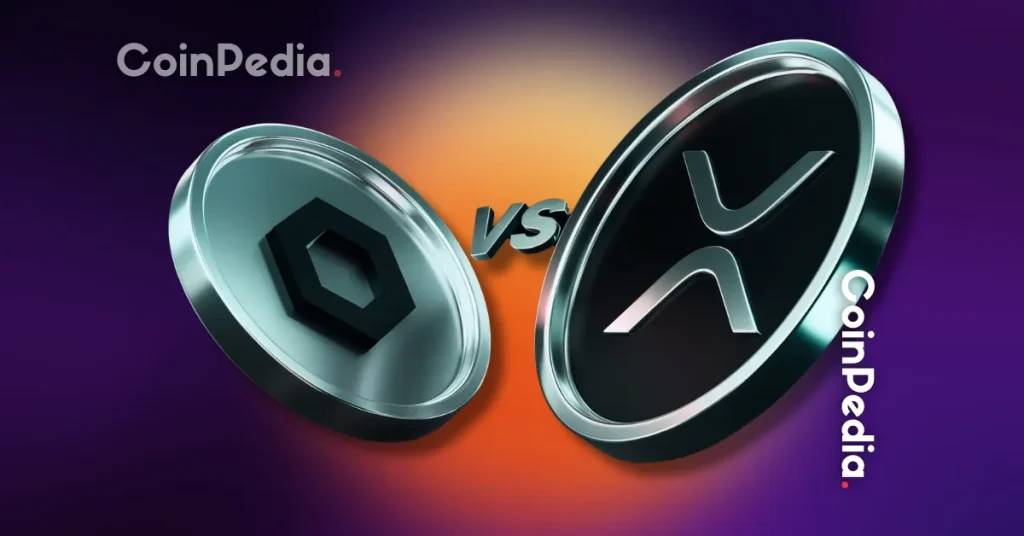
The post Ripple vs Chainlink in SBI Holdings: Bill Morgan Explains Why They’re Not Rivals appeared first on Coinpedia Fintech News
The conversation around Ripple and Chainlink’s role in Japan’s financial giant SBI Holdings has sparked heated discussions in the crypto space, with many trying to frame the two as rivals. To clear the air, pro-XRP lawyer Bill Morgan stepped in, explaining how both projects actually serve very different purposes within SBI’s strategy, and how, rather than competing, they can complement each other.
Ripple’s Role: Payments and Liquidity
In a recent tweet post, Bill Morgan pointed out that Ripple has built a close relationship with SBI Holdings in Japan for many years. This bond is not just about investment but about real use cases.
Together, they’ve built tools like MoneyTap, an app that helps people in Japan move money instantly between banks and ATMs. SBI also uses XRP in remittances, which makes cross-border transfers faster and cheaper.
On top of that, SBI’s digital division is exploring NFT projects on the XRP Ledger, showing Ripple’s role in new use cases beyond payments.
Recently, Ripple has teamed up with Japan’s SBI Holdings to introduce the RLUSD stablecoin in the country. The launch is planned for early 2026, and it will be handled by SBI’s crypto arm, SBI VC Trade.
Chainlink’s Role: Tokenization and Data Infrastructure
Further, Morgan explains, that SBI’s partnership with Chainlink targets institutional infrastructure, not retail payments. The focus is on tokenized real-world assets (like real estate and bonds), tokenized funds, and regulated stablecoins for Japan and then the wider Asia-Pacific.
With tools like Proof of Reserve and SmartData, Chainlink can provide transparency and security for things like stablecoins and tokenized funds. This is more about building infrastructure for large institutions, not retail payments.
Complementing, Not Competing
Morgan highlighted that instead of competing, Ripple and Chainlink are solving different problems. Ripple strengthens payment networks and liquidity, while Chainlink builds infrastructure for tokenization and institutional adoption.
Morgan pushes back on “anti-XRP” narratives and the idea that LINK is “the one coin to rule them all.”
In reality, both Ripple and Chainlink are carving out essential roles, not rivals, but partners in driving blockchain’s future.

 2 hours ago
6
2 hours ago
6
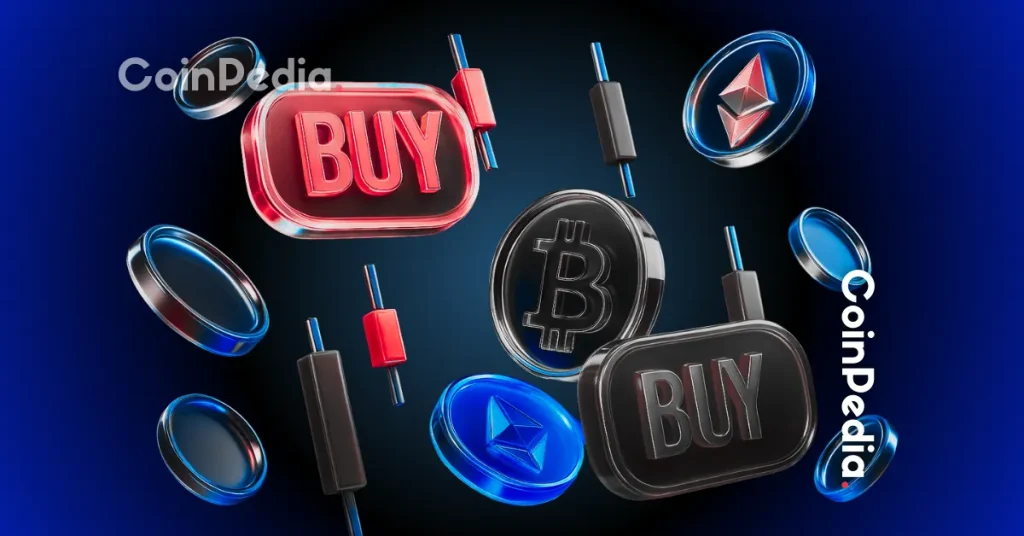
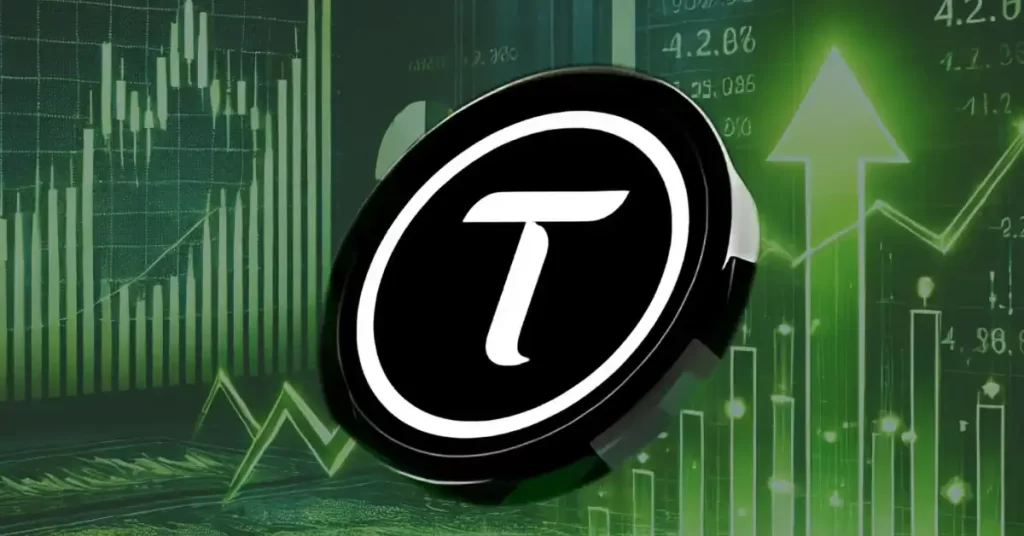



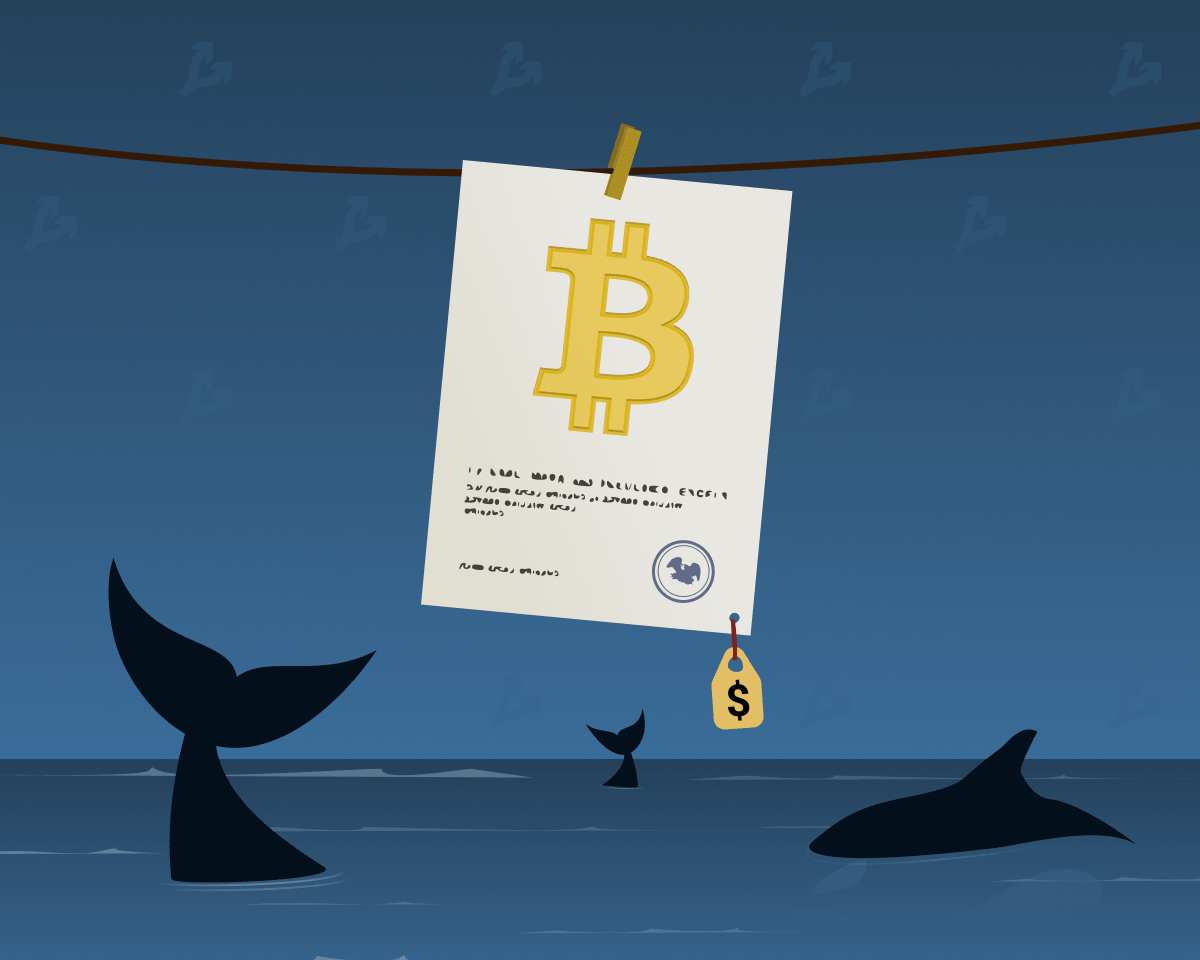



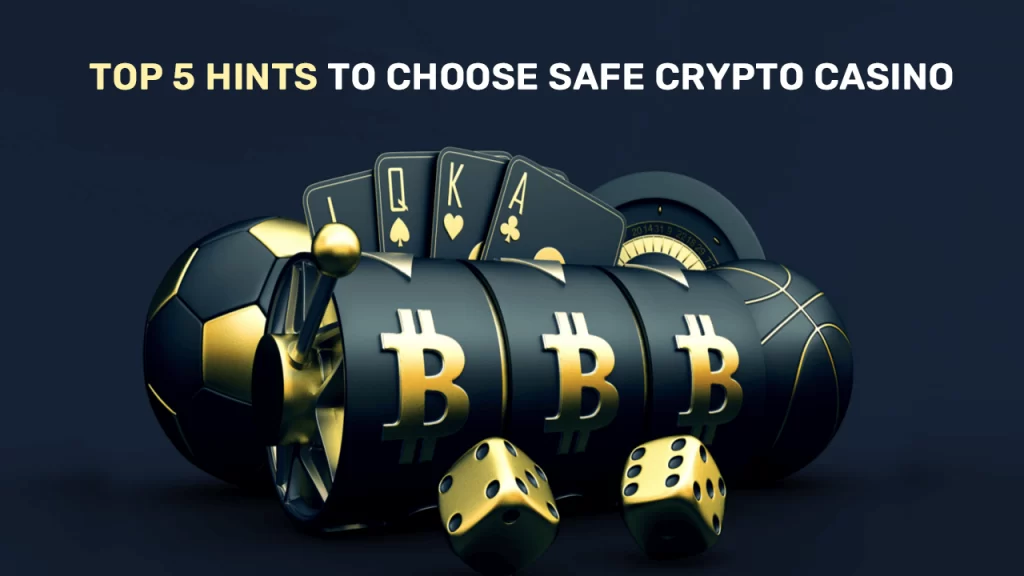




 English (US) ·
English (US) ·